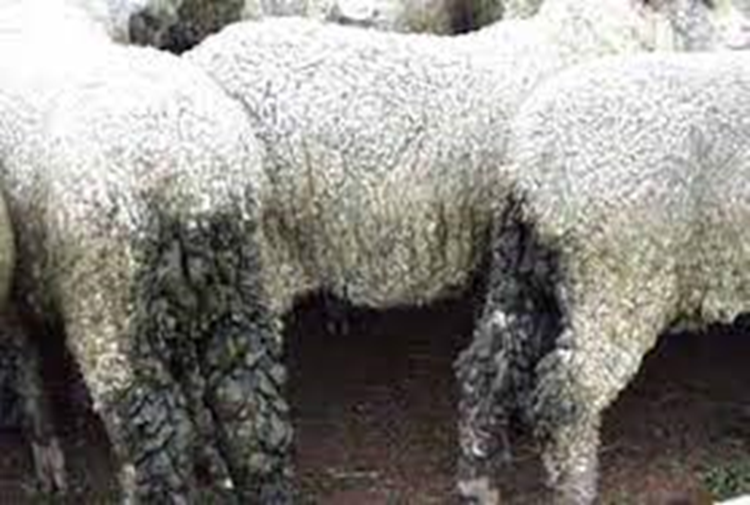Sheep Parasite Management
Internal parasites such as worms and coccidiosis can cause significant production losses.
Let unchecked, intestinal worms in sheep can lead to significant financial losses. Most of the time, the signs and symptoms of worm infections aren’t obvious, but infected sheep will have lower productivity and performance.
Worm management for sheep
Sheep producers should be aware of the increased health risks and diseases for sheep caused by ongoing wet weather. With prolonged rain events, sheep have had to deal with a multitude of challenges including degraded feed quality in standing dry feed, high moisture content in short green feed, minimal clover, cold wet conditions, increasing energy requirements from lactation and ideal conditions for worms to be picked up.
High risk conditions for worms in sheep
Worm risk is amplified by wet conditions and suitable temperatures, creating ideal environments for egg hatching and larval survival on pastures with most graziers finding it difficult to create clean pastures for lambing ewes and weaners.
Worms for sheep producers to watch out for
Black Scour Worm and Brown Stomach Worm and Barber’s Pole worms.
Tips for monitoring sheep for worms
The key message in a wet season is that sheep require different management:
- Increased monitoring by faecal egg counts (FEC) (every 4 weeks) to understand what is happening in each mob
- Increasing drenching frequency if indicated by FEC
- Drenching of ewes may be required during lambing or at lamb marking
- Increased importance of drench resistance testing
- Increased importance of pasture management by spelling for longer, slashing, smart grazing or rotational grazing with alternate species
In some situations, where there is significant larval contamination of paddocks and no clean paddocks can be found, use of long acting anthelmintics (either injections or capsules) have been warranted. This has been required for worm control during lambing and in weaners on some properties.
Long-acting products do bring some risks, particularly accelerated resistance development and poor control if there is already resistance to that class of anthelmintic. The risk can be managed by using priming doses of short acting effective drenches at the time of treatment with a long-acting, use of faecal egg count monitoring of the effectiveness of control, and the use of another effective drench at the end of the expected duration of the long acting (so called tail cutter treatments).
Spelling of paddocks is a recognised method of decreasing the numbers of larvae on pasture. This approach can be difficult in a wet season given the favourable conditions for larval survival. Even in normal seasons it will take 4-5 months for larval number to decline during winter and spring (2-3 months in a “normal” summer). In a wet year, this period can be expected to be extended. An alternative is to alternate graze during this period with cattle.

Scouring or excessive dags on sheep can be an indicator of poor worm control (Image: B Besier, wool.com).
WORM CONTROL IN SHEEP
When developing an effective worm control program for your farm it’s important not to rely on chemical drenches alone. Worm egg counts, age of livestock, stocking densities, nutrition, pasture management, use of chemical drenches and seasonal factors all need to be considered.
In this video, expert parasitologist, Dr Matt Playford, Dawbuts Pty Ltd, provides insights into common intestinal worms in sheep, goats and cattle plus practical tips to help you work through worm infections and control programs on your farm.
The production of this video was funded by the Early Needs Recovery Program.